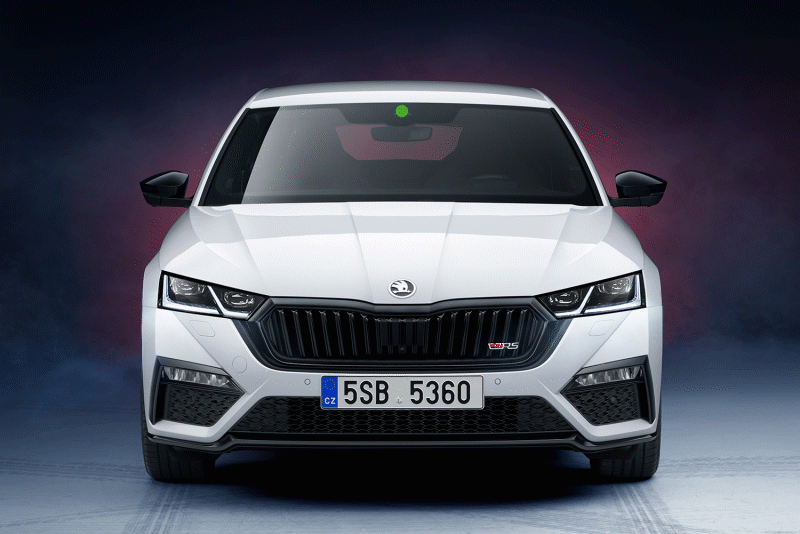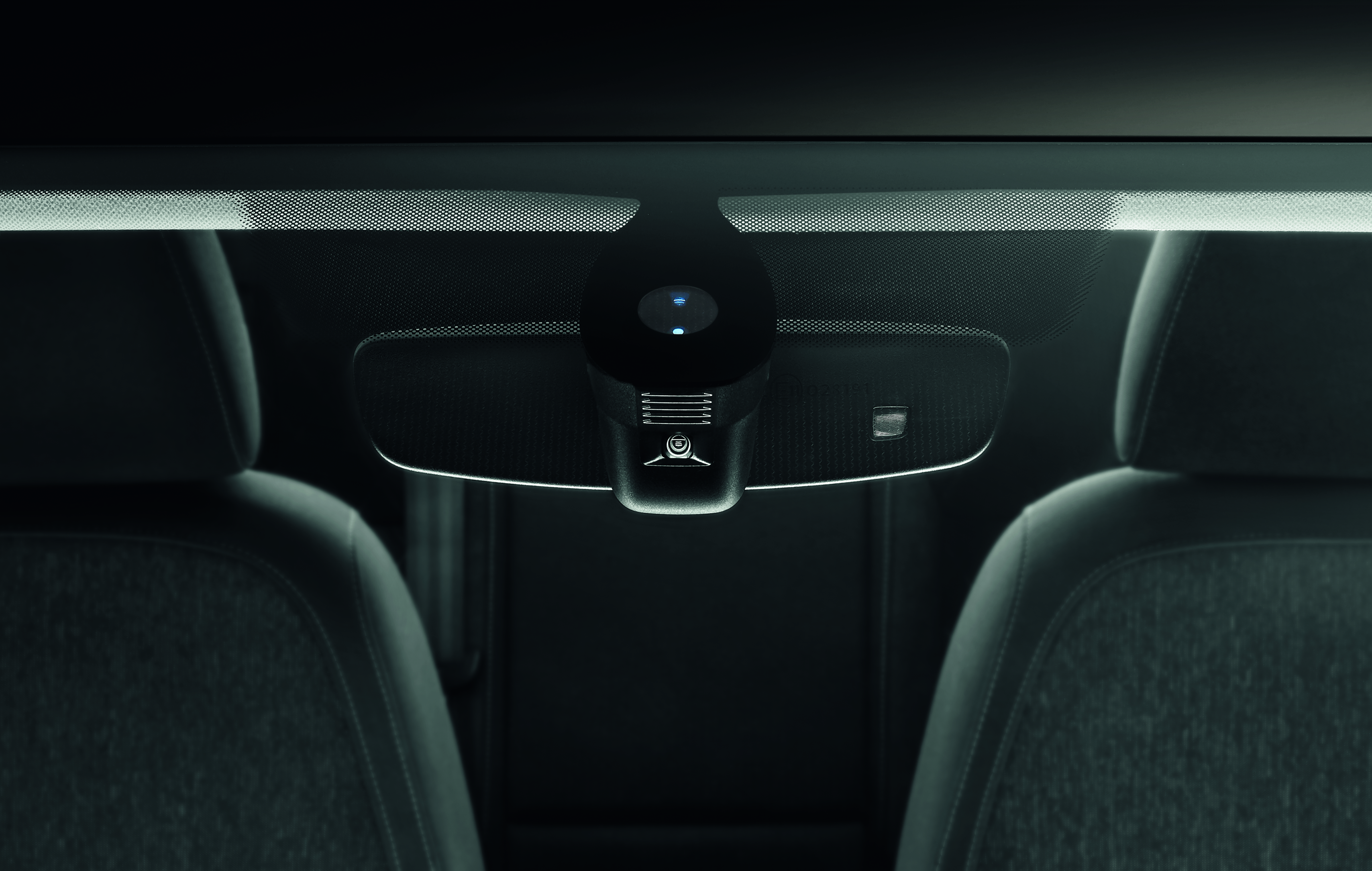How the automatic mode for lights works

When you enter a tunnel, for example, the daytime running lights switch to low beam within two seconds. A sensor behind the windscreen, either in the rearview mirror or in the middle of the dashboard, senses that the light conditions outside have changed and that nighttime mode is required. The type of sensor depends on the vehicle’s configuration.
 Automatic light sensor
Automatic light sensor
The sensor does not just control the car’s lights: it collects data for the windscreen wipers and air conditioning as well. The data are then evaluated by the BCM (Body Control Module), which is a control unit performing calculations and passing on instructions, e.g. to the headlights. The BCM is located beneath the dashboard, close to the fuse box. The RLFS sensor (RLSF is an abbreviation formed from the German words for rain, light, humidity and sun) in the rearview mirror picks up both light and energy in the infrared spectrum. By detecting refraction it can also tell whether it is damp outside or raining. Depending on the result, the sensor sends a clear instruction to the BCM whether to activate the lights and windscreen wipers or deactivate them.


























